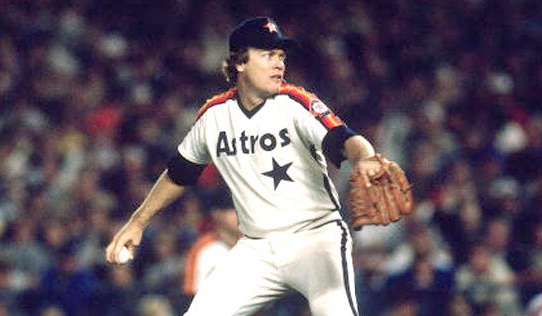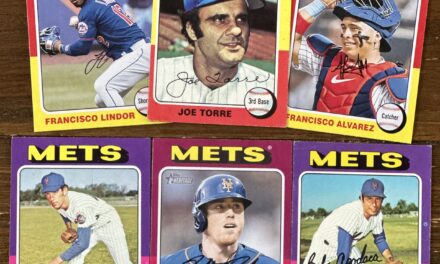
February 17, 2021 is an important date for baseball fans. Pitchers and catchers report for spring training, exhibition games are eleven days away (twelve for the Mets), and Opening Day is just 44 days away. On February 17, 1976, a seemingly unimportant date in team history, something happened that would impact the Mets ten years later.
On this date 45 years ago, Mike Scott pitched a perfect game for Pepperdine University. That may seem inconsequential, a college pitcher tossing a gem on a February day. However, the Mets must have been impressed, because they drafted the native of Santa Barbara, CA less than four months later.
From there, a series of events took place that will forever be burned into the minds of Mets fans who were around the team in the mid-1980s. Scott would debut with the Mets in 1979, and pitch four years in Queens. His unimpressive cumulative 14-27 record and 4.64 ERA made his trade to Houston for Danny Heep (a struggling starter for a reserve outfielder/first baseman) in 1982 seem routine. It turned out to be anything but routine.
Scott accumulated a record of 33-25 in his first three seasons as an Astro, certainly an improvement over his years in New York, but nothing spectacular. Then, in 1986, Scott found something extra special (what that was remains a matter of debate, though popular belief is that he learned the art of scuffing the baseball).
In 1986, Scott posted a record of 18-10 with the best ERA (2.22) in MLB and the most strikeouts in the game (306). He also threw a no-hitter on September 25, the day the Astros clinched their division.
Fast forward to the NLCS, when Scott had the chance to go up against the team that had drafted him, and later traded him. The former Met took the mound in Game One, and pitched a complete-game shutout, striking out 14 in the process. After the Mets won games two and three, Scott toed the rubber with his team down two games to one, facing the possibility of having their season end in New York. Once again, he was brilliant, tossing another complete game, allowing just one run on five hits.
When the series shifted back to Houston, the Mets led three games to two. Game Six was an epic affair, with the Mets scoring three runs in the ninth to tie the game. As the game moved through extra innings, the Mets felt the sense of urgency to end the series right there, rather than having to face Scott with their postseason survival on the line.
As the Astros moved to the soft underbelly of their bullpen (Aurelio Lopez, Jeff Calhoun), I wondered if they’d bring Scott in on two days’ rest to try to ensure that they’d live to play another day. Hal Lanier, Astros’ manager, never seemed to consider that possible move, holding his ace for a possible Game Seven. Fortunately for the Mets, the series did not go that far.
For his career over 13 seasons, Scott went 124-108 with a 3.54 ERA and a 100 ERA+. On a February day in Southern California in 1976, he tossed a gem on the collegiate level. Not many people noticed. What if that had not happened?
Would the Mets have drafted him, and would he have ended up an Astro and the chief villain to the Mets in the 1986 NLCS?
We’ll never know what may have happened if there were a few hits against Scott on February 17, 1976. We do know that he put quite a scare into Mets fans in October of 1986. We can be thankful that it was nothing more than a scare as the Mets marched to their second title.














